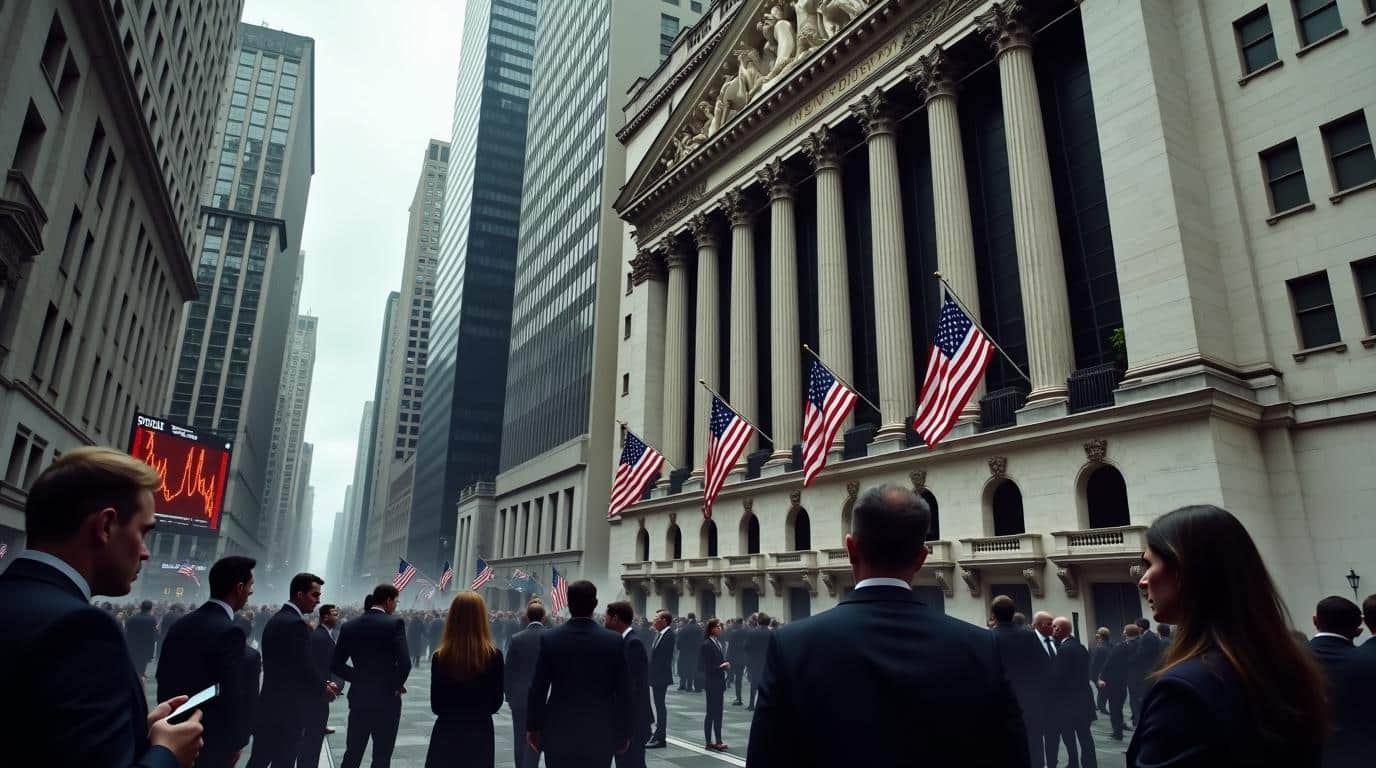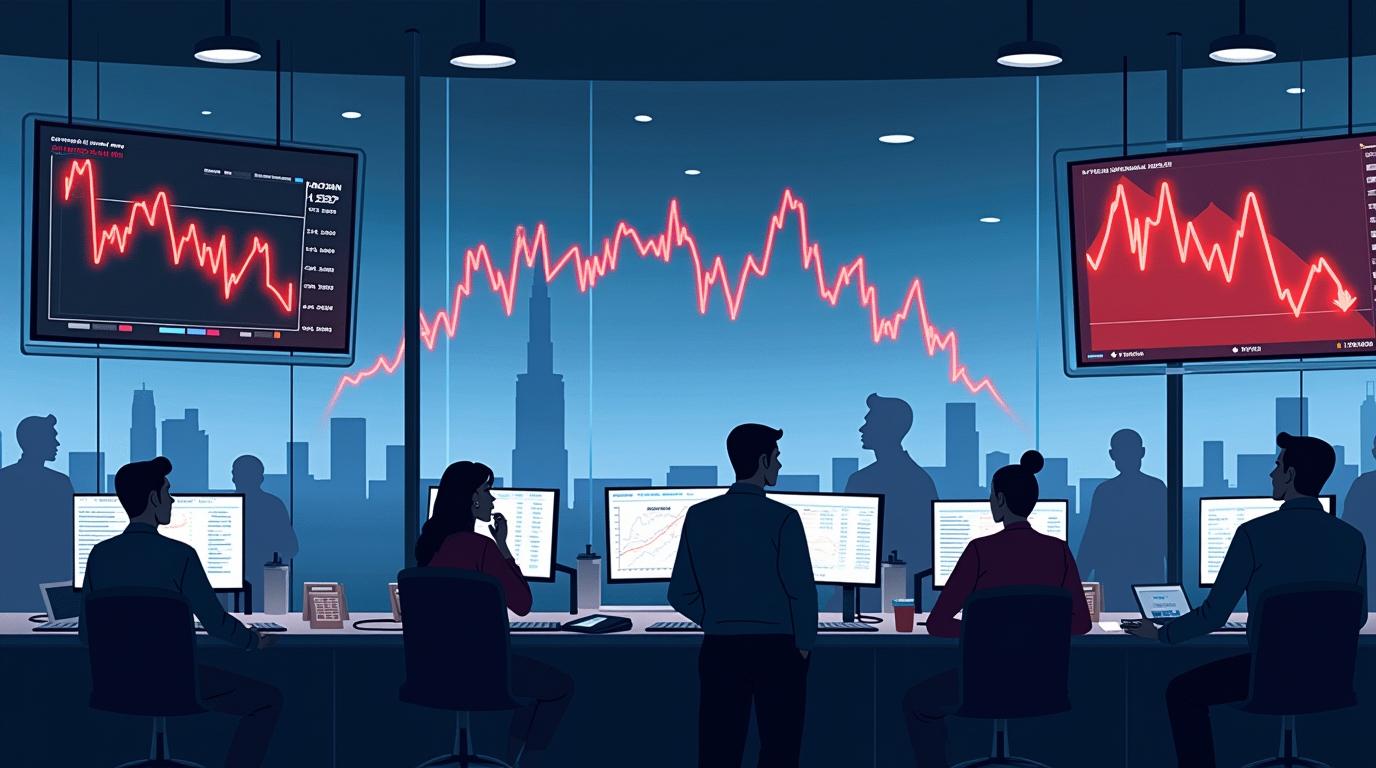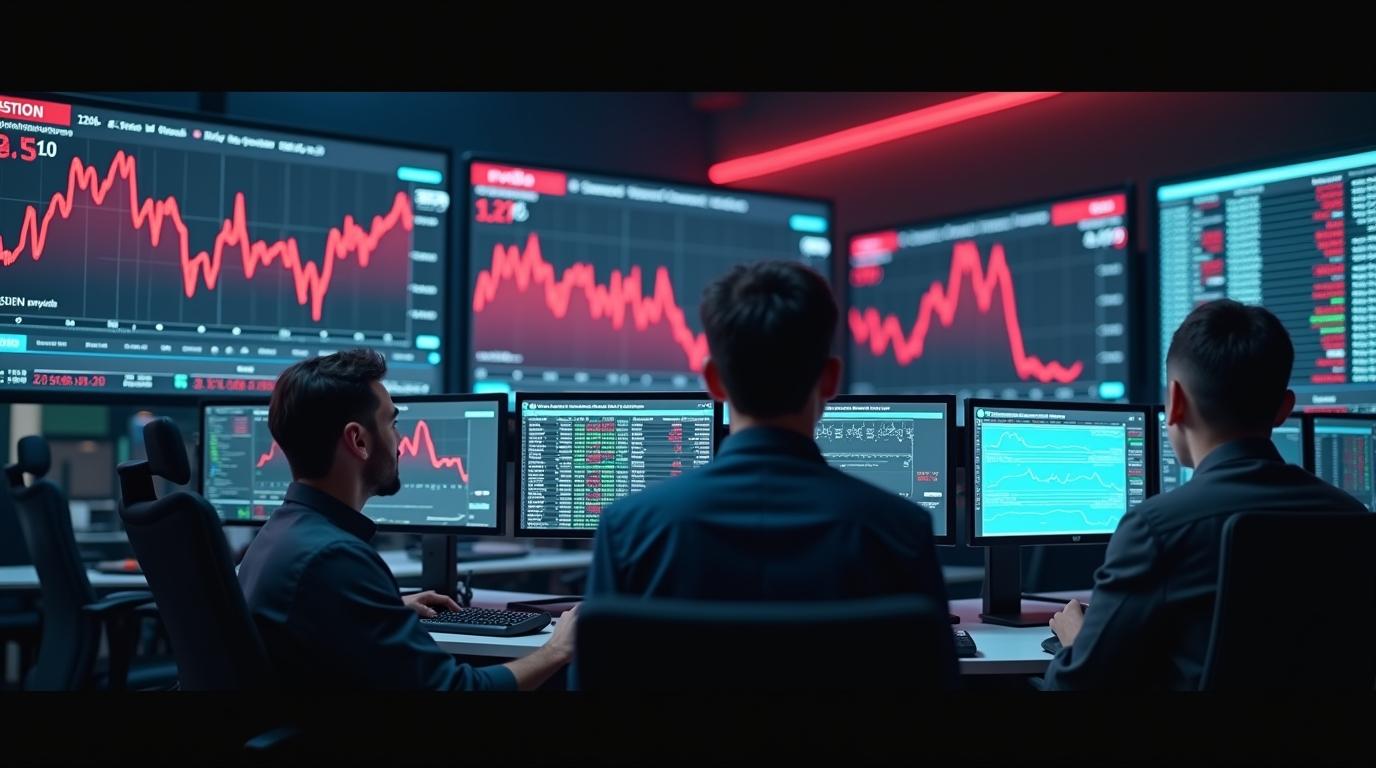Sự bất ổn về thuế quan khiến Phố Wall hạ dự đoán cuối năm của S&P 500.
Phố Wall cắt giảm dự báo S&P 500 trong bối cảnh bất ổn về thuế quan của Trump

Phố Wall đã hạ dự đoán đối với S&P 500 do sự thay đổi bất ổn về thuế quan.
Niềm tin của các nhà đầu tư Phố Wall vào S&P 500 đang nhanh chóng giảm sút khi các công ty lớn như JPMorgan và Bank of America điều chỉnh giảm dự báo cuối năm một phần do sự bất ổn do các chiến lược thuế quan thay đổi của Tổng thống Trump gây ra.
Thị trường phản ứng mạnh mẽ do những thay đổi chính sách diễn ra gần đây. Sau khi dừng áp thuế sau khi triển khai “có đi có lại” rộng rãi, S&P 500 đã trải qua những biến động đáng kể—cho thấy mức giảm lớn nhất kể từ năm 2020 và mức phục hồi nhanh nhất kể từ năm 2008. Loại thay đổi này khiến các nhà đầu tư bất an. Dẫn đến những dự đoán khác nhau trên diện rộng.
Vào đầu năm, các chuyên gia tài chính dự đoán rằng S&P 500 sẽ kết thúc ở mức từ 6.500 đến 7.100 điểm. Tuy nhiên, phạm vi dự đoán đã mở rộng đáng kể. Hiện tại, có khoảng cách 1.800 điểm giữa các dự báo lạc quan và bi quan—tăng đáng kể so với đầu năm.
Sau đây là cái nhìn thoáng qua về những thay đổi.
- JPMorgan đã điều chỉnh dự báo của mình giảm từ 6.500 xuống còn 5.200.
- Ngân hàng Bank of America đã điều chỉnh mục tiêu từ 6.666 lên 5.600.
- Evercore ISI đã điều chỉnh dự báo của mình xuống từ 6.800 xuống còn 5.600.
- Số lượng Oppenheims đã giảm hơn 16% xuống còn tổng cộng 5.950.
Dự đoán trung bình đã sửa đổi hiện ở mức 5.733,3%, cao hơn vị thế của S&P 500 vào đầu năm 2025. Trong khi một số nhà phân tích dự đoán mức tăng, khả năng tăng trưởng trong một năm liên tiếp dường như ít có khả năng xảy ra hơn vào thời điểm này.


